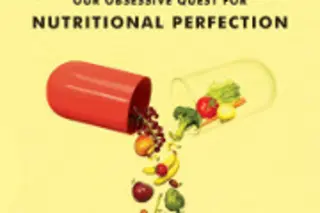The Man Who Touched His Own Heart
By Rob Dunn
Our hearts are one of our biggest weaknesses; the organ is implicated in 1 out of every 3 adult deaths. Biologist Dunn burrows deep into the valves and ventricles, looking at what makes our hearts tick and what can keep them ticking longer, including pacemakers, angioplasty and transplants. He covers science, symbolism and superstition surrounding the heart, from mummification in ancient Egypt to Leonardo da Vinci’s exploratory dissections and the medical advances of the Atomic Age. Dunn paints a detailed picture of the myriad ways our hearts can break and the men and women brave enough to try putting them back together. — Brenda Poppy
Rust
By Jonathan Waldman
It never sleeps, as Neil Young noted: Rust is too busy wrecking our world. The relentless, destructive process has downed planes, sunk ships, crashed cars, dissolved priceless artifacts and committed countless ...















